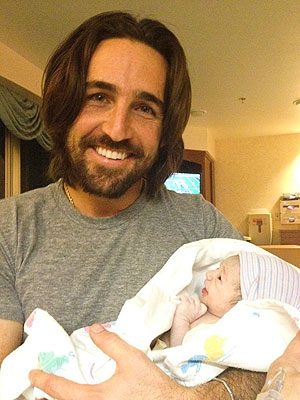
Menahem Kahana/Agence France-Presse — Getty Images
An Israeli missile is launched from a battery. Officials said their antimissile system shot down 88 percent of all assigned targets.
WASHINGTON — The conflict that ended, for now, in a cease-fire between Hamas and Israel seemed like the latest episode in a periodic showdown. But there was a second, strategic agenda unfolding, according to American and Israeli officials: The exchange was something of a practice run for any future armed confrontation with Iran, featuring improved rockets that can reach Jerusalem and new antimissile systems to counter them.
It is Iran, of course, that most preoccupies Prime Minister Benjamin Netanyahu and President Obama. While disagreeing on tactics, both have made it clear that time is short, probably measured in months, to resolve the standoff over Iran’s nuclear program.
And one key to their war-gaming has been cutting off Iran’s ability to slip next-generation missiles into the Gaza Strip or Lebanon, where they could be launched by Iran’s surrogates, Hamas, Hezbollah and Islamic Jihad, during any crisis over sanctions or an Israeli strike on Iran’s nuclear facilities.
Michael B. Oren, the Israeli ambassador to the United States and a military historian, likened the insertion of Iranian missiles into Gaza to the Cuban missile crisis.
“In the Cuban missile crisis, the U.S. was not confronting Cuba, but rather the Soviet Union,” Mr. Oren said Wednesday, as the cease-fire was declared. “In Operation Pillar of Defense,” the name the Israel Defense Force gave the Gaza operation, “Israel was not confronting Gaza, but Iran.”
It is an imprecise analogy. What the Soviet Union was slipping into Cuba 50 years ago was a nuclear arsenal. In Gaza, the rockets and parts that came from Iran were conventional, and, as the Israelis learned, still have significant accuracy problems. But from one point of view, Israel was using the Gaza battle to learn the capabilities of Hamas and Islamic Jihad — the group that has the closest ties to Iran — as well as to disrupt those links.
Indeed, the first strike in the eight-day conflict between Hamas and Israel arguably took place nearly a month before the fighting began — in Khartoum, the capital of Sudan, as another mysterious explosion in the shadow war with Iran.
A factory said to be producing light arms blew up in spectacular fashion on Oct. 22, and within two days the Sudanese charged that it had been hit by four Israeli warplanes that easily penetrated the country’s airspace. Israelis will not talk about it. But Israeli and American officials maintain that Sudan has long been a prime transit point for smuggling Iranian Fajr rockets, the kind that Hamas launched against Tel Aviv and Jerusalem over recent days.
The missile defense campaign that ensued over Israeli territory is being described as the most intense yet in real combat anywhere — and as having the potential to change warfare in the same way that novel applications of air power in the Spanish Civil War shaped combat in the skies ever since.
Of course, a conflict with Iran, if a last-ditch effort to restart negotiations fails, would look different than what has just occurred. Just weeks before the outbreak in Gaza, the United States and European and Persian Gulf Arab allies were practicing at sea, working on clearing mines that might be dropped in shipping lanes in the Strait of Hormuz.
But in the Israeli and American contingency planning, Israel would face three tiers of threat in a conflict with Iran: the short-range missiles that have been lobbed in this campaign, medium-range rockets fielded by Hezbollah in Lebanon and long-range missiles from Iran.
The last of those three could include the Shahab-3, the missile Israeli and American intelligence believe could someday be fitted with a nuclear weapon if Iran ever succeeded in developing one and — the harder task — shrinking it to fit a warhead.
A United States Army air defense officer said that the American and Israeli militaries were “absolutely learning a lot” from this campaign that may contribute to a more effective “integration of all those tiered systems into a layered approach.”
The goal, and the challenge, is to link short-, medium- and long-range missile defense radar systems and interceptors against the different types of threats that may emerge in the next conflict.
Even so, a historic battle of missile versus missile defense has played out in the skies over Israel, with Israeli officials saying their Iron Dome system shot down 350 incoming rockets — 88 percent of all targets assigned to the missile defense interceptors. Israeli officials declined to specify the number of interceptors on hand to reload their missile-defense batteries.
Before the conflict began, Hamas was estimated to have amassed an arsenal of 10,000 to 12,000 rockets. Israeli officials say their pre-emptive strikes on Hamas rocket depots severely reduced the arsenal of missiles, both those provided by Iran and some built in Gaza on a Syrian design.











